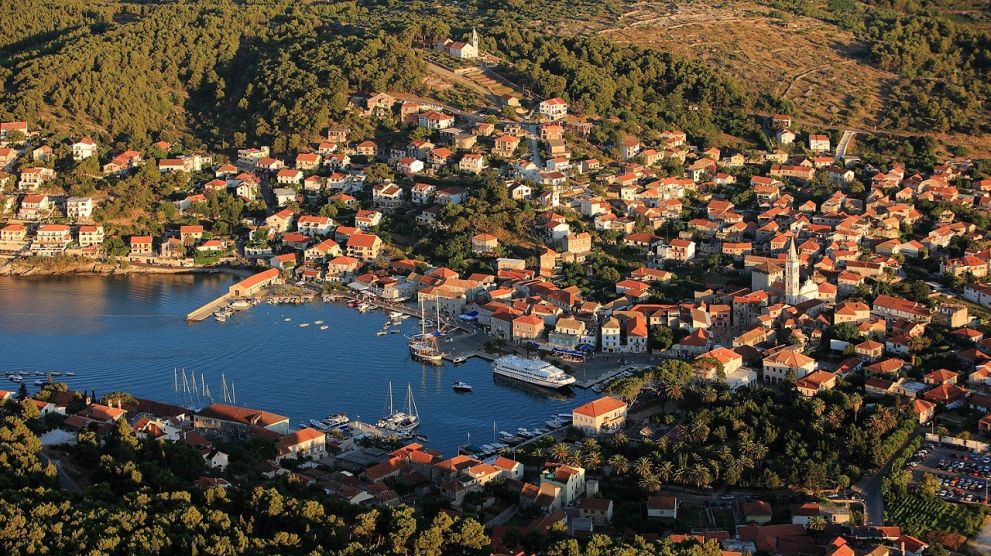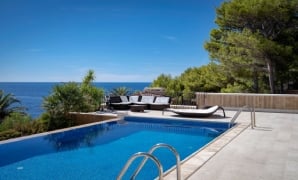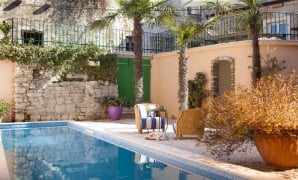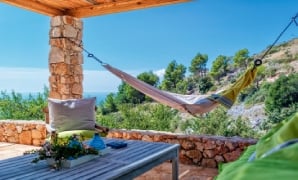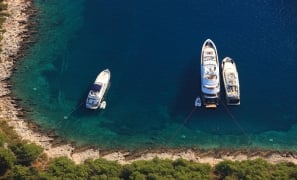Wondering why?
Which Hvar destination is undergoing the most change? That is an easy one to answer for residents of the island's third largest town - Jelsa.
It is fair to say that the town has seen some better times in tourism, but are the town's fortunes about to change?
Tourism is long established in the pretty northern coastal resort and dates back to 1911, with the opening of Hotel Jadran. The party may be all in Hvar Town these days, but Jelsa celebrates 50 years of the first disco club in former Yugoslavia in 2014, and indeed at its height, there were no less than 4 nightclubs in the town. Back in 1983, Jelsa was named the top destination in all former Yugoslavia, with one cafe selling an incredible 10,000 scoops of ice cream a day at the peak of the season.
The war and subsequent lack of investment in the town's hotels led to a decline in the fortunes of Jelsa, but things are beginning to look a lot better. An ambitious programme of infrastructure improvements is underway which, once completed, will provide the platform for a return to the glory days of the 1980s. These include:
- An upgrade of the Jelsa - Sućuraj road. The second phase, a bypass road for the town and 5km new stretch inland east of Jelsa, will quicken the drive to the eastern port and reduce congestion on the winding road above the town.
- The widening of the Jelsa waterfront, to which a generous 10m has been added. Once completed, this will be landscaped and add to the harbour's already considerable charm.
- The moving of the catamaran mooring place in 2015, allowing the immediate harbour area by the main square to become a prime sailing destination.
- Works to commence on the construction of an attractive city beach at the end of the waterfront by the rowing club.
- The construction of two huge breakwaters further out to sea to tame the famous bura wind and enhance the attractiveness of Jelsa as a sailing destination.
- Plans to construct numerous pontoons in front of Hotel Jadran to provide additional space for yachts.
- And finally, the most immediate and palpable change - the arrival of hydroplanes next month, connecting Jelsa to both the mainland and Italy.
After 13 years, the hydroplanes are finally set to fly. The sea ports for Jelsa, Resnik (next to Split Airport) and other destinations have been constructed. The short works to install them have begun at Resnik and will be implemented in Jelsa as soon as next week.
Local media is reporting ticket prices of under 300 kuna from the airport to Jelsa, with journey times of just 13 minutes directly into Jelsa. Not only that, but direct flights from Ancona in Italy. With the planes' flexibility to land on both water and traditional airports, once the network is expanded, Jelsa to Dubrovnik Airport, Zadar Airport and even Zagreb will become a reality. And perhaps even more exciting - it would appear that Jelsa is in line to be the first ever flight of a modern scheduled hydroplane service, thereby making aviation history.
The future for Jelsa would appear to be very bright indeed.
*Author - Paul Bradbury
*Photo Credit - Romulić & Stojčić multimedia studio
